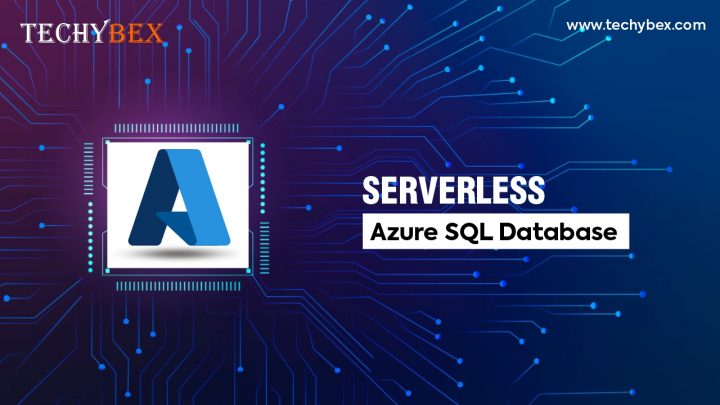Azure SQL Database, a fully managed platform as a service database engine, handles the majority of the database management functions like patching, upgrading, monitoring, and backups without user involvement. Azure SQL database with PaaS capabilities allows users to focus on the domain-specific database administration and optimization that are vital for businesses. It allows them to create a high-performance data storage layer for the applications and solutions. SQL database is also the right choice for several modern cloud applications because it allows users to process both relational data and non-relational structures.
Service Tier of Azure SQL
Azure SQL Database provides three service tiers, the General Purpose or Standard service tier, Business Critical or Premium service tier, and the Hyperscale service tier. Users can choose any of the storage options depending upon their requirements. The Azure SQL Database can be purchased either in the vCore-based purchasing model or the DTU-based purchasing model. In the vCore-based purchasing model, users get to choose the number of vCores, the amount of memory, and the amount and speed of storage whereas in the DTU-based purchasing model users get a blend of compute, memory, and I/O resources in three service tiers to support light to heavy database workloads.
Scenarios Suited for Serverless Compute
Azure SQL Database is usually considered and used while a company is shifting its on-premises applications to Azure or if they are designing a new application from scratch. The Azure serverless offering proves beneficial in conditions when there is an unpredictable load on the database or there is heavy variation over time. Businesses generally use many cloud services to host their applications to enable auto-scaling to meet the growing demand and to prevent the database from becoming the bottleneck, thus the serverless offering of Azure SQL proves beneficial.
Serverless is a new compute tier for single databases in Azure SQL that automatically scale compute for single databases depending on the workload demand and accordingly bills for the amount, so users only pay for what they use. Thus, it optimizes price performance and simplifies performance management for databases that have unpredictable and irregular usage. The serverless tier is only available in the General Purpose vCore model that allows users to select the minimum and maximum vCores within a selectable scale. The lowest or the minimum vCore option is 0.5 vCores and the maximum option is four vCores, on the other end of the scale, users have the maximum option of 40 vCores and a minimum option of five vCores.

Benefits of the Azure Serverless Compute Tier
Serverless Azure SQL Database is a great choice in conditions when the database is required per application or customer, or if users are looking for a managed platform to host their databases. It offers a host of functionality and features as well as high SLAs for resiliency. The serverless tier provides multiple ways for users to save on compute costs, as users can pick a compute and service tier depending upon their IO and workload needs. Users of serverless tier can auto-scale compute up and down depending upon their workload demand and can even pause the database by turning off compute cost if there is no activity. This option will save compute cost for their organization. Azure SQL database performance can easily be monitored by the users so that they quickly identify cost-effective resource allocation along with other optimization opportunities.
Vital Facts of Serverless Tier
Businesses before switching their production database into a serverless tier should know the following essential facts related to a serverless tier:
- The serverless tier is supported only in the General Purpose or Standard service tier on Generation 5 hardware in the vCore purchasing model.
- The configurable parameters are minimum vCores and maximum vCores which define the range of compute capacity available for the database.
- Another configurable parameter is an auto-pause delay that defines the time the database should be inactive before it is automatically paused.
- When computing resumes after auto-pause, then there is some delay in computing.
- The memory for serverless databases is frequently reclaimed to control the cost.
- If the machine is not able to satisfy resource demand within a few minutes, then occasionally load balancing automatically occurs.
- The auto pausing feature in the serverless tier does not support Geo-replication and Long-term backup retention.
- If the SSMS version earlier than 18.1 is used, then opening a new query window for any database in the server will resume the auto-pause database in the same server.
- In case of pausing, a serverless database and resuming it again, users will need to log in again to establish connectivity.
- The potential to auto-resume a serverless database is generally in order of 1 minute and to auto-pause is 1-10 minutes.
